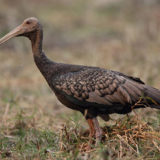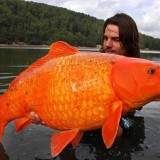Horses: Galloping through the course of History
Horses are ungulate mammals, described from the first equine (Eohippus) over a period of 50 million years. While all the modern horses belong to one species (Equus caballus), domestic forms are selectively bred for specific purposes such as racing, riding and harness work.
Horses can be divided into two basic categories on the basis of the purposes they serve.
“Hot blooded” breeds are used for racing because of their spirited and energetic nature, such as Arab, Palomino, Barb etc.
On the other hand, “cold blooded” or draught(or draft) breeds, such as- Percheron, Shire etc., are used to plow or other heavy works for their calm nature and strength.
Ponies (e.g- Shetland, Falabella) are same as horses taxonomically, only shorter (>150cm). They are used to pull horse-drawn vehicles, carry goods or working animals.
Wild horses (Equus ferus), such as- Przewalski’s horse, are a different species altogether. A feral horse, (e.g.- Mustang), is a free-roaming horse of domesticated ancestry.
An adult male horse is called ‘stallion’,and the female, ‘mare’. A male baby horse is called a colt. A female ‘baby horse is called foal. Over the course of history, this gorgeous animal has been the greatest companion of man in his conquest for glory. The railways, motors cars and aeroplanes are takings its place. But nothing is as certain as travel by horse. Thus in this mechanical age, the horse has his own utility.











